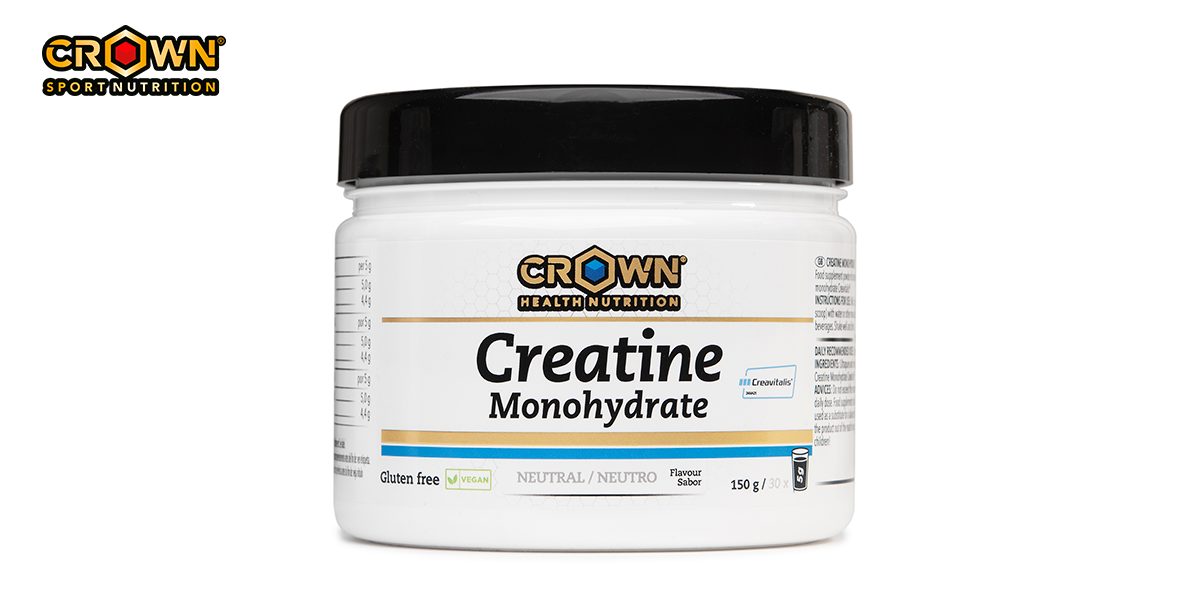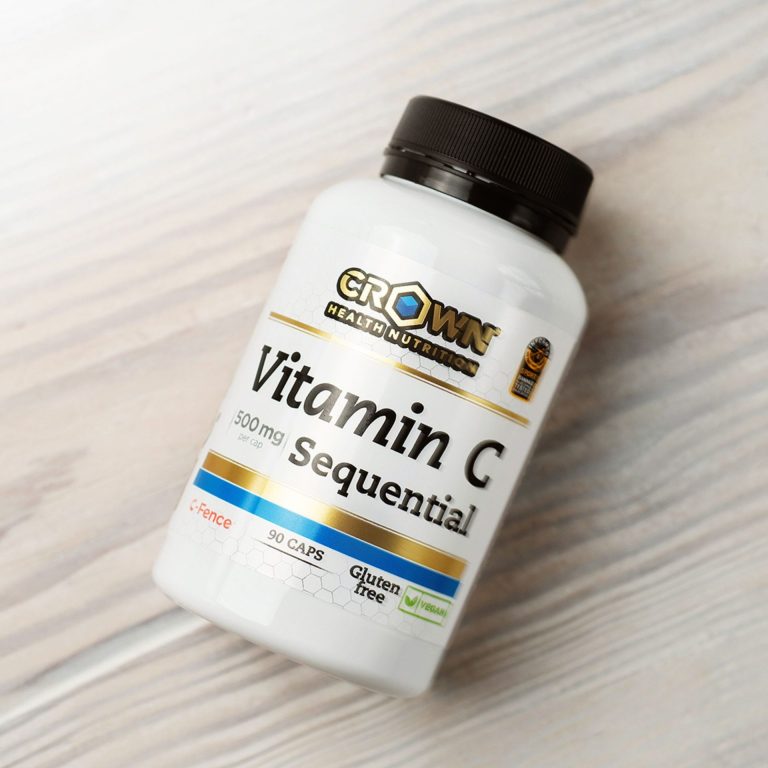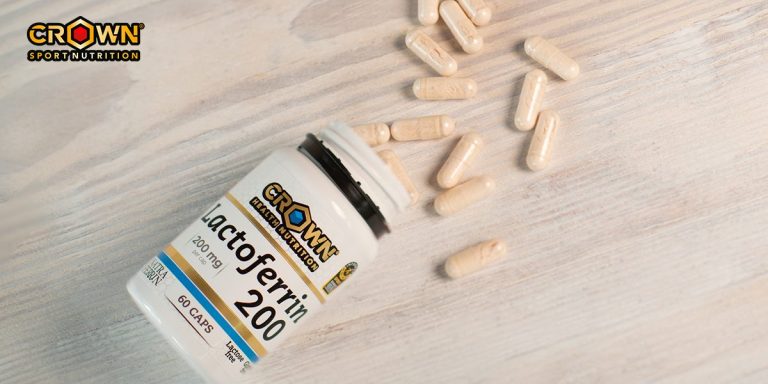Sarcopenia is a progressive and generalized skeletal muscle disorder characterized by accelerated loss of muscle mass and function, which is associated with increased risks of adverse outcomes such as falls, impaired physical function, frailty, and mortality [1–3]. Sarcopenia occurs as part of the natural aging process in older adults, and is influenced not only by biological factors but also by lifestyle-related risks (e.g., sedentary behavior) that accumulate throughout life [1–3].
What are the causes, consequences, and interventions?
The causes of sarcopenia are multifactorial [1–3]. In addition to biological and metabolic factors, inactivity and muscle disuse, as well as altered protein metabolism, can contribute to its development. Furthermore, certain medical conditions such as cancer, neurological, liver, or kidney diseases, and metabolic or cardiopulmonary disorders can also lead to sarcopenia. In older adults, the use of medications to treat these conditions and frequent hospitalizations may further exacerbate the problem.
The consequences of sarcopenia include increased risk of falls—and therefore fractures—decline in physical and overall function, reduced quality of life, increased mortality risk from all causes, and higher healthcare costs [1–3].
For these reasons, the main interventions to prevent and manage sarcopenia must include physical exercise programs, specifically strength training to improve muscle functionality. Nutritional strategies are also essential to help prevent and treat sarcopenia by ensuring sufficient protein intake and the possible use of helpful supplements (e.g., creatine) [1–3].
Creatine as an ally in sarcopenia among older adults
In the fight against sarcopenia in older adults, recommendations from sports nutrition have been adapted to pathological situations affecting skeletal muscle. This has led to the consideration of certain supplements for the prevention and treatment of sarcopenia—one of the most promising being creatine.
Creatine is a compound made from the amino acids arginine, glycine, and methionine, and is found mainly in the muscles. It is widely known in the sports world for its ability to enhance physical performance, particularly in high-intensity and strength exercises, as well as its role in increasing muscle mass. Moreover, recent research suggests it may also provide notable cognitive benefits.
There is growing evidence supporting the use of creatine as a useful strategy to prevent and treat sarcopenia in older adults [4]. Specifically, creatine supplementation may help maintain muscle mass and strength, and therefore reduce the risk of adverse events in this population—such as falls [5].
It’s important to note that the benefits of creatine supplementation are amplified when combined with strength training. Since resistance training is already recommended to prevent and treat sarcopenia, combining it with creatine supplementation may lead to greater improvements in muscle strength, functional capacity, and muscle mass, with clear clinical benefits [4–7].
Effective protocols for older adults are similar to those used in athletes to boost performance: daily doses of 5g, with or without loading phases (>20g for 5–7 days), taken consistently over time [8].
CONCLUSION
In conclusion, aging inevitably leads to loss of muscle mass and function. However, various lifestyle strategies—such as strength training and proper nutrition, including creatine supplementation—can be valuable tools for preventing and managing this condition.








